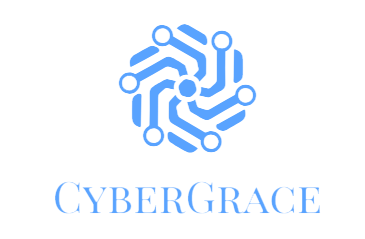For many facilities, regular maintenance is a must, especially if a lot of people in an area depend on that facility to live, such as electricity and water. Any facility manager worth their salt should know to conduct maintenance on all facilities on more than an occasional basis not only to make sure that everything’s operational but also to prevent any disasters.
While it’s usually common for most facilities to conduct maintenance once a problem is detected, it might actually be better to prevent these disasters or accidents before they even happen.
Preventive maintenance is exactly as it says on the tin. It’s the process of conducting regular maintenance in order to make sure that all equipment and facilities are operating at their best at all times in order to prevent any malfunctions or accidents from occurring. Unlike reactive maintenance, which, as the name suggests, happens as a reaction to a malfunction, preventive maintenance stops any malfunctioning from happening in the first place, greatly reducing downtime, costs, and the risk of anybody getting hurt.
Why preventive maintenance?
Preventive maintenance may seem like the more tedious type of maintenance to do. Yes, it does require more regular check-ups than reactive maintenance, but in general, it’s always best to stop any problems from happening in the first place. Being prepared to face these problems is the first step towards a preventive maintenance strategy. Understanding what could go wrong and putting strategies and regulations into place to make sure that it doesn’t go wrong is the basic preventive maintenance.
Preventive maintenance comes with other great benefits as well. It’ll save you a lot of time and money in the future, including downtime that would have been spent on maintenance, improves the efficiency of all assets, and extends the useful life of your assets so it’ll last longer and still work like it’s brand-new even after a couple of years.
Preventive maintenance should be done in industries where something going wrong could put many lives at risk. Take, for example, construction sites and construction equipment. With the kind of heavy machinery that’s used daily in these kinds of projects, from road rollers, skid steer loaders, and excavators, a preventive strategy works best to avoid anyone from getting hurt, rather than waiting for someone to get hurt before doing anything about the faulty equipment. It’s all a matter of making sure that the equipment is as safe and efficient as possible before use.
Here are some ways you can conduct your own preventive maintenance in your industry.
Stick to a schedule

All maintenance has to be done regularly, or at least semi-regularly. Otherwise, what’s the point of having it? Since preventive maintenance relies so much on preventing disasters, it should always be done on a set schedule or on a time-based or usage-based basis. This means that after a piece of equipment has been used for a certain amount of time or used a certain amount of times, it needs to be checked thoroughly for any flaws that need fixing.
For example, you want to check vehicles and other equipment every few miles when traveling on long distances, or check assets like safety gear every month or so, depending on how often it’s used. Finding a schedule that works for you and your business is all about striking the right balance between the usage of an asset and its own useful life. The key to preventing any problems work is proper and regular maintenance.
Use maintenance software
Investing in computerized maintenance management or CMMS can greatly improve your maintenance efforts. Instead of wasting time and money on paper, you can have all the data that you need on one device and in one app. It can do everything from storing your data, to reminding you about your maintenance schedule, computing a maintenance schedule for you, and even analyzing and calculating all of your costs and expenditures, even your ROI.
A CMMS software can easily make preventive maintenance much better on your team and lighten your workload immensely. If you’re unsure where to start with preventive maintenance, having CMMS software on hand can show you the way.
Preventive maintenance can do more than just save a life. It can keep all your machinery and assets running smoothly and efficiently, prevent any expensive repairs or replacements, and makes sure that your assets last for a considerably longer time. If you’re unsure how often or how long you should be doing preventive maintenance, consult with your manufacturer to get a clear estimate. Otherwise, you can always start now.

